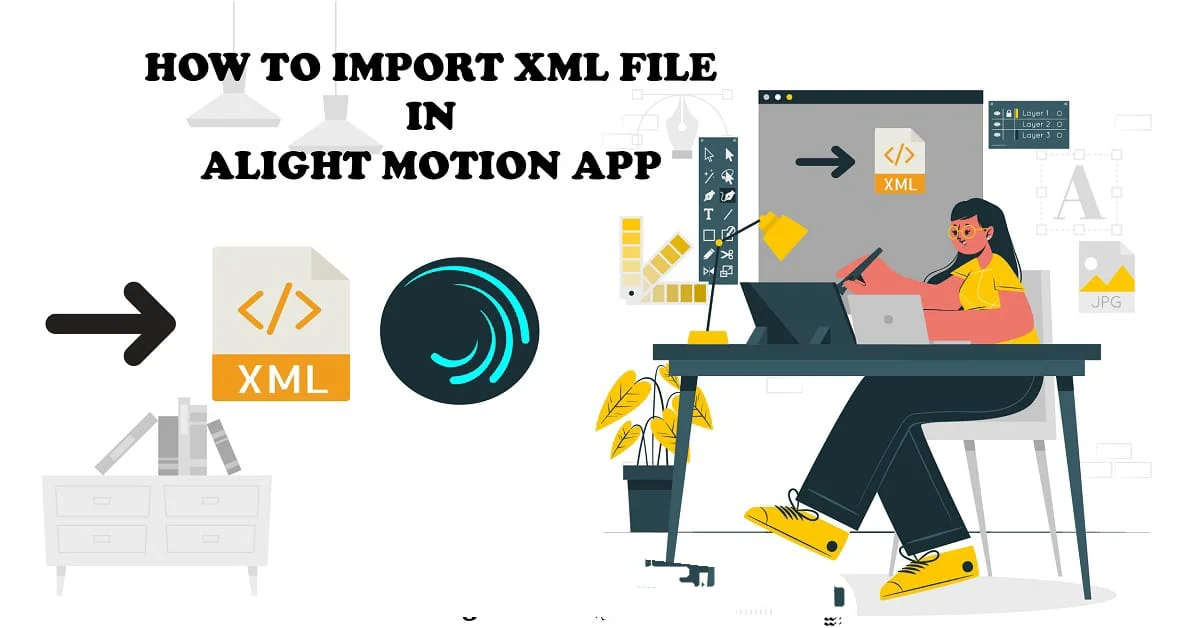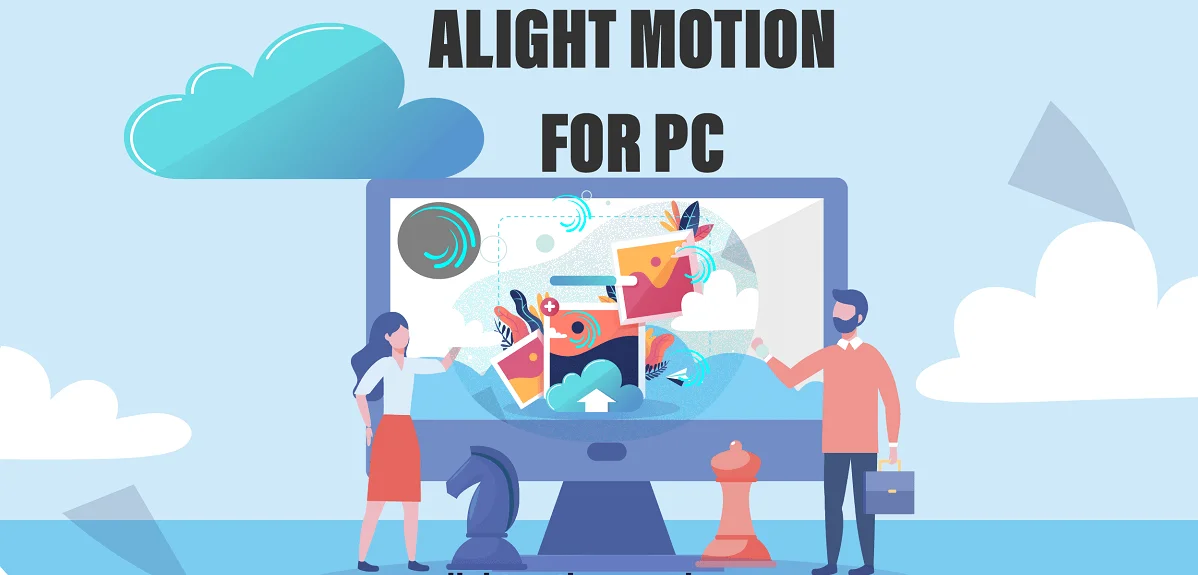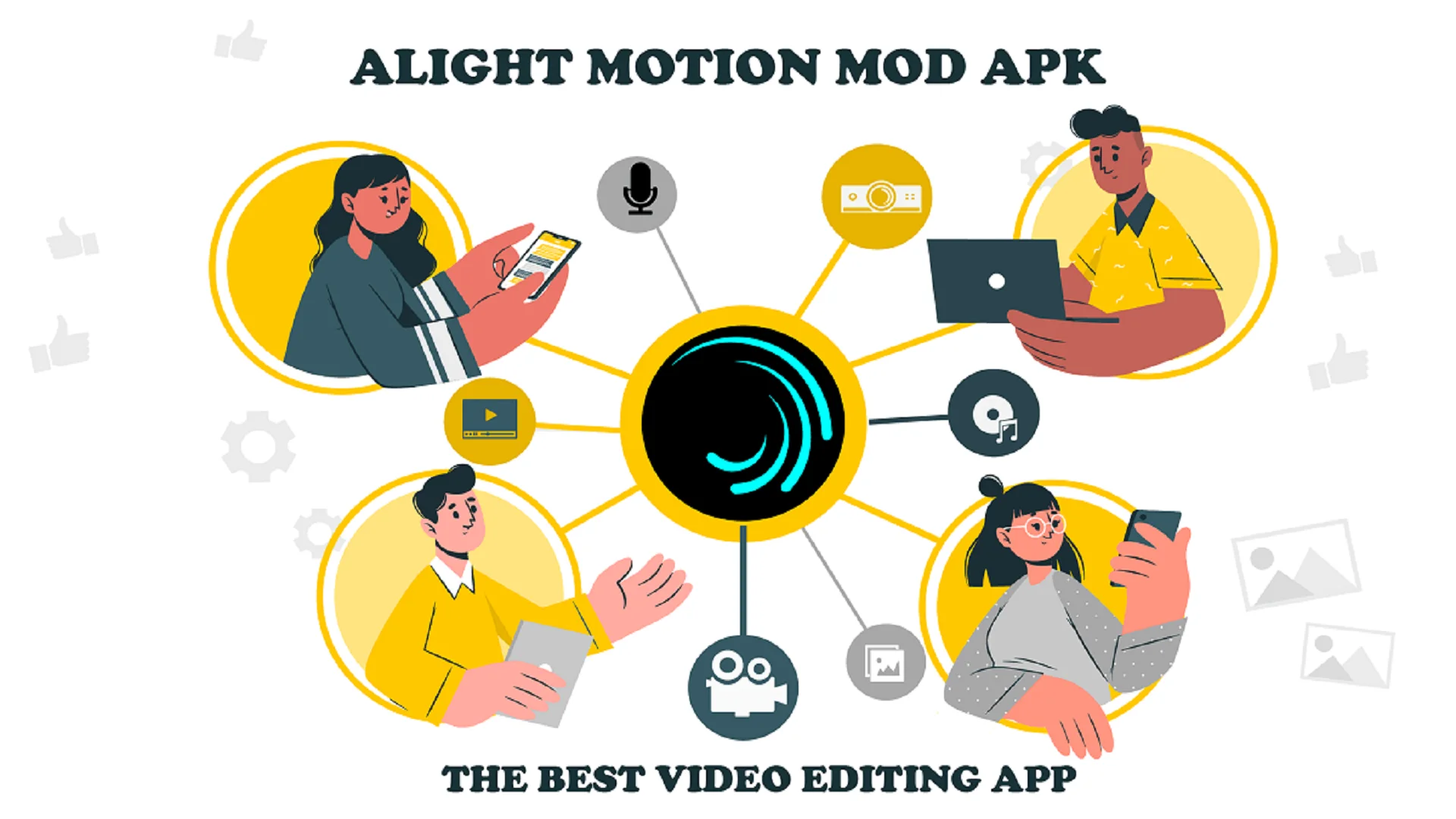Your cart is currently empty!

Will AaaS (Agent as a Service) Eliminate SaaS (Software as a Service) in 2025? A Paradigm Shift in the Digital Ecosystem
Yesterday I saw an interview of a Microsoft CEO saying that AI Agents will replace traditional SaaS. Will it? We know that the digital landscape is in a constant state of evolution, driven by technological advancements and changing user expectations. Over the past two decades, Software as a Service (SaaS) has emerged as a dominant…
Yesterday I saw an interview of a Microsoft CEO saying that AI Agents will replace traditional SaaS. Will it? We know that the digital landscape is in a constant state of evolution, driven by technological advancements and changing user expectations. Over the past two decades, Software as a Service (SaaS) has emerged as a dominant force, revolutionizing how businesses and individuals access and use software.
However, as we move further into the era of artificial intelligence (AI) and automation, a new paradigm is emerging: Agent as a Service (AaaS). This raises an intriguing question: Will AaaS eventually eliminate SaaS, or will the two coexist in a complementary manner? To answer this, we must explore the unique characteristics of both models, their potential synergies, and the broader implications for the digital ecosystem.
Table of Contents
Understanding SaaS: The Foundation of Modern Software Delivery
SaaS has become the backbone of modern software delivery, offering users access to applications via the cloud without the need for local installation or maintenance. This model has democratized access to powerful tools, enabling businesses of all sizes to leverage enterprise-grade software at a fraction of the cost. From Customer Relationship Management (CRM) platforms like Salesforce to productivity suites like Google Workspace, SaaS has transformed how we work, collaborate, and innovate.
The success of SaaS can be attributed to several key factors:
- Scalability: SaaS allows businesses to scale their software usage up or down based on demand, ensuring cost efficiency.
- Accessibility: With cloud-based delivery, users can access SaaS applications from anywhere, at any time, using any device.
- Maintenance-Free: SaaS providers handle updates, security patches, and infrastructure management, freeing users from technical burdens.
- Subscription-Based Pricing: The pay-as-you-go model makes SaaS affordable and predictable, aligning costs with usage.
| Advantages | Limitations |
|---|---|
| Cost-Effective – No need for upfront hardware or software investments; pay-as-you-go model reduces costs. | Limited Customization – SaaS solutions may not be fully customizable to specific business needs. |
| Scalability – Easily scale up or down based on business requirements. | Data Security Concerns – Sensitive data is stored in the cloud, raising security and compliance risks. |
| Accessibility – Access from anywhere with an internet connection, supporting remote work. | Dependence on Internet Connectivity – Requires a stable internet connection for access and performance. |
| Automatic Updates – Vendors handle software updates and maintenance, reducing IT workload. | Limited Control – Users rely on the vendor for updates, feature changes, and data management. |
| Quick Deployment – Faster implementation compared to traditional on-premise solutions. | Integration Challenges – May require additional configurations or middleware to integrate with existing systems. |
| Multi-Tenant Architecture – Efficient resource utilization and cost-sharing among users. | Downtime Risks – Service outages or maintenance by the vendor can disrupt business operations. |
| Subscription-Based Model – Predictable costs and flexibility in pricing plans. | Data Portability Issues – Moving data from one SaaS provider to another can be complex. |
| Security & Compliance (Vendor Managed) – Leading SaaS providers invest in compliance with industry standards. | Vendor Lock-in – Switching providers can be difficult due to proprietary formats and dependencies. |
Despite its widespread adoption, SaaS is not without limitations. Users are often required to navigate complex interfaces, perform repetitive tasks, and integrate multiple applications to achieve their goals. This is where AaaS enters the picture, promising to address these pain points through intelligent automation.
Introducing AaaS: The Rise of Intelligent Agents
Agent as a Service (AaaS) represents the next evolution in digital service delivery. At its core, AaaS leverages AI-powered agents—autonomous or semi-autonomous software entities—to perform tasks on behalf of users. These agents can range from simple chatbots to sophisticated virtual assistants capable of handling complex workflows. Unlike traditional SaaS applications, which require manual input and interaction, AaaS agents operate proactively, anticipating user needs and executing tasks autonomously.
The concept of AaaS is rooted in the broader trend of AI-driven automation. As AI technologies such as natural language processing (NLP), machine learning (ML), and computer vision continue to advance, the capabilities of these agents are expanding rapidly. For example, an AaaS agent could:
- Automatically schedule meetings, send reminders, and manage calendars.
- Analyze data, generate reports, and provide actionable insights.
- Monitor systems, detect anomalies, and initiate corrective actions.
- Facilitate customer interactions, resolve queries, and personalize experiences.
The potential of AaaS lies in its ability to reduce friction, enhance efficiency, and deliver personalized experiences at scale. By delegating routine tasks to intelligent agents, users can focus on higher-value activities, driving productivity and innovation.
AaaS vs. SaaS: Complementary or Competitive?
The relationship between AaaS and SaaS is complex, with elements of both competition and complementarity. To understand whether AaaS will eliminate SaaS, we must examine the unique value propositions of each model and how they intersect.
1. Task Automation vs. Application Provisioning
SaaS focuses on providing users with access to specific applications, enabling them to perform tasks such as document editing, project management, or data analysis. In contrast, AaaS shifts the focus from application usage to task execution. Instead of requiring users to interact with multiple applications, AaaS agents can seamlessly integrate with existing SaaS platforms to automate workflows.
For example, a marketing professional using a SaaS-based CRM might rely on an AaaS agent to analyze customer data, identify trends, and recommend targeted campaigns. In this scenario, AaaS enhances the value of SaaS by automating repetitive tasks and providing intelligent insights.
2. User-Centric vs. Agent-Centric Interaction
SaaS applications are designed for human interaction, with user interfaces tailored to facilitate manual input and navigation. AaaS, on the other hand, operates in the background, interacting with SaaS platforms on behalf of users. This agent-centric approach reduces the cognitive load on users, enabling them to achieve their goals more efficiently.
However, this does not mean that SaaS will become obsolete. Many tasks still require human judgment, creativity, and decision-making, which are best supported by traditional SaaS applications. AaaS is likely to augment rather than replace SaaS, creating a hybrid model where humans and agents collaborate to achieve optimal outcomes.
3. Customization and Personalization
One of the key advantages of AaaS is its ability to deliver highly personalized experiences. By leveraging AI and data analytics, AaaS agents can adapt to individual user preferences, learning from past interactions to improve performance over time. This level of customization is difficult to achieve with traditional SaaS applications, which often rely on static configurations and manual adjustments.
That said, SaaS providers are increasingly incorporating AI-driven features into their platforms, blurring the lines between SaaS and AaaS. For instance, many SaaS applications now include built-in chatbots, recommendation engines, and predictive analytics. This convergence suggests that the distinction between SaaS and AaaS may become less pronounced over time.
4. Integration and Interoperability
AaaS relies heavily on integration with existing SaaS platforms to access data and perform tasks. This creates a symbiotic relationship, where AaaS enhances the functionality of SaaS applications while SaaS provides the foundational infrastructure for AaaS agents to operate. As the digital ecosystem becomes more interconnected, the ability of AaaS and SaaS to work together will be critical to their success.
The Future of SaaS and AaaS: Coexistence and Convergence
Rather than viewing AaaS as a threat to SaaS, it is more productive to consider how the two models can coexist and complement each other. The future of digital service delivery is likely to be characterized by a blend of SaaS and AaaS, with each model playing a distinct yet interconnected role.
1. Enhanced Productivity and Efficiency
By automating routine tasks and streamlining workflows, AaaS can significantly enhance the productivity and efficiency of SaaS users. For example, an AaaS agent integrated with a project management SaaS platform could automatically assign tasks, track progress, and generate status reports, freeing up team members to focus on strategic initiatives.
2. Personalized User Experiences
AaaS has the potential to deliver highly personalized experiences by leveraging data from SaaS applications. For instance, an AaaS agent could analyze a user’s browsing history, purchase behavior, and preferences to recommend products or services tailored to their needs. This level of personalization can drive customer satisfaction and loyalty, benefiting both SaaS providers and end-users.
3. Innovation and Differentiation
As AaaS becomes more prevalent, SaaS providers will need to innovate and differentiate their offerings to remain competitive. This could involve integrating AaaS capabilities into their platforms, developing proprietary AI agents, or partnering with AaaS providers to deliver enhanced value to customers.
4. New Business Models and Revenue Streams
The rise of AaaS is likely to give rise to new business models and revenue streams. For example, SaaS providers could offer AaaS as an add-on service, charging users based on the number of tasks automated or the level of intelligence provided. Alternatively, AaaS providers could adopt a freemium model, offering basic automation features for free while charging for advanced capabilities.
Challenges and Considerations
While the potential of AaaS is immense, several challenges must be addressed to ensure its successful adoption and integration with SaaS:
- Data Privacy and Security: AaaS agents require access to sensitive data to perform their tasks, raising concerns about privacy and security. Robust safeguards must be implemented to protect user data and prevent unauthorized access.
- Interoperability and Standards: The seamless integration of AaaS and SaaS platforms depends on the development of interoperability standards and protocols. Without these, users may face compatibility issues and fragmented experiences.
- Ethical and Regulatory Considerations: The use of AI-powered agents raises ethical and regulatory questions, particularly around accountability, transparency, and bias. Clear guidelines and frameworks must be established to address these concerns.
- User Adoption and Trust: For AaaS to gain widespread acceptance, users must trust the technology and feel confident in its ability to perform tasks accurately and reliably. This requires ongoing education, transparency, and user-centric design.
Take Away: A New Era of Digital Service Delivery
The emergence of AaaS represents a significant shift in the digital ecosystem, offering new possibilities for automation, personalization, and efficiency. While it is unlikely to eliminate SaaS entirely, AaaS has the potential to transform how we interact with software, augmenting the capabilities of SaaS applications and enabling new levels of productivity and innovation.
As we move forward, the key to success will lie in fostering collaboration and integration between SaaS and AaaS, creating a seamless and intelligent digital experience for users. By embracing this hybrid model, businesses and individuals can unlock the full potential of both paradigms, driving progress and shaping the future of technology.
In the end, the question is not whether AaaS will eliminate SaaS, but how the two can work together to redefine the boundaries of what is possible in the digital age. The journey ahead is one of exploration, experimentation, and evolution—a journey that promises to reshape the way we live, work, and interact with technology.
FAQs
What is AaaS (Agent as a Service)?
AaaS is a cloud-based model where AI-powered agents perform tasks autonomously or semi-autonomously. These agents use technologies like natural language processing (NLP) and machine learning (ML) to execute workflows without constant human intervention.
What is SaaS (Software as a Service)?
SaaS is a software delivery model where applications are hosted in the cloud and accessed via the internet. Users pay a subscription fee to use the software, which is maintained and updated by the provider.
Will AaaS eliminate SaaS?
AaaS is unlikely to eliminate SaaS entirely. Instead, it will augment SaaS by automating tasks and enhancing functionality. The two models are expected to coexist, with AaaS acting as a complementary layer to SaaS.
How does AaaS differ from SaaS?
SaaS: Provides software applications for users to perform tasks manually.
AaaS: Uses AI agents to perform tasks autonomously, reducing the need for manual interaction.
Can AaaS and SaaS work together?
Yes, AaaS and SaaS can work together seamlessly. AaaS agents can integrate with SaaS platforms to automate workflows, enhance functionality, and improve user experiences.
What tasks can AaaS automate that SaaS cannot?
AaaS can automate repetitive, data-intensive tasks such as:
Scheduling meetings and managing calendars.
Analyzing data and generating reports.
Monitoring systems and initiating corrective actions.
Handling routine customer queries.
What are the limitations of AaaS?
Data Privacy and Security: AaaS agents require access to sensitive data, raising privacy concerns.
Lack of Human Touch: Agents may struggle with tasks requiring empathy or nuanced communication.
Dependence on Data Quality: Poor or biased data can lead to flawed outcomes.
Integration Challenges: Legacy systems may not easily integrate with AaaS platforms.
What are the benefits of SaaS over AaaS?
User Control: SaaS allows users to interact directly with applications.
Flexibility: SaaS applications can be customized to meet specific needs.
Proven Track Record: SaaS has been widely adopted and trusted for decades.
Will AaaS reduce the demand for SaaS developers?
AaaS may shift the focus of SaaS developers toward integrating AI capabilities and building agent-centric solutions. However, the demand for skilled developers will remain strong.
How can businesses prepare for the rise of AaaS?
Businesses can prepare by:
Identifying tasks suitable for automation.
Investing in AI and cloud technologies.
Training employees to work alongside AI agents.
Ensuring data privacy and security measures are in place.
What are the risks of relying on AaaS over SaaS?
Risks include:
Overdependence on automation.
Potential errors due to flawed algorithms.
Security breaches and data misuse.
Loss of jobs in certain sectors.


